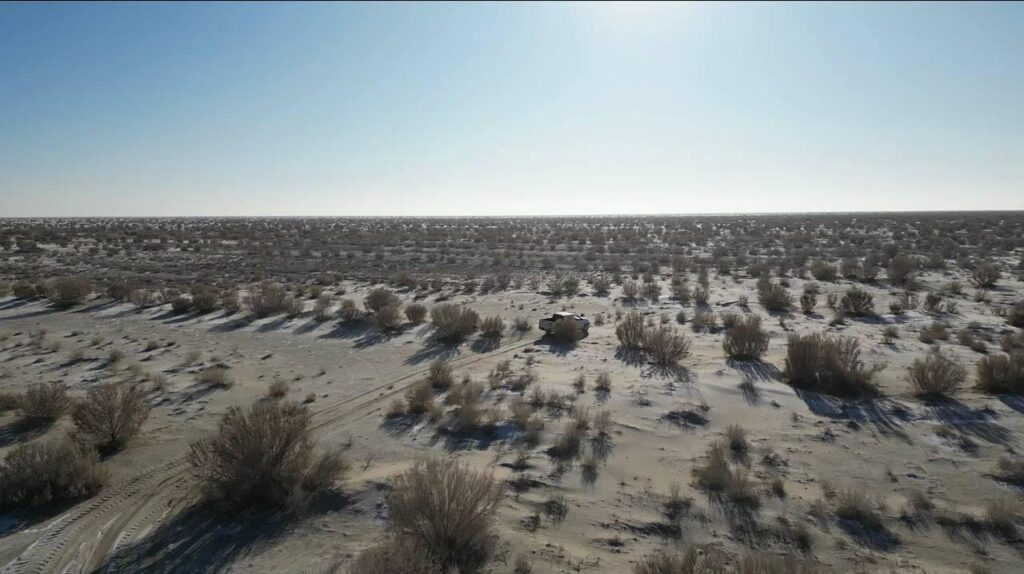Uzbekistan Launches Eco-Friendly Program to Reward Green Lifestyles
Uzbekistan has introduced a new initiative to promote eco-friendly habits. A presidential decree has been adopted as part of the state program for implementing the 'Uzbekistan 2030' strategy during the country's 'Year of Environmental Protection and Green Economy'. The nationwide movement, One Million Green Families, aims to encourage sustainable living and raise environmental awareness. The program seeks to integrate eco-friendly habits into daily life through advocacy efforts and incentives. The initiative is based on several key principles: Promoting a healthy lifestyle through better nutrition, daily walks, and jogging Encouraging the use of green transportation, such as bicycles Reducing plastic waste Preventing food waste Using water, gas, and electricity more efficiently Sorting waste for recycling To support this initiative, the Ministry of Ecology, Environmental Protection, and Climate Change, along with the Ministry of Digital Technologies, will launch a digital platform in June. This platform will track participation and offer incentives to those who actively adopt eco-friendly practices. Citizens who demonstrate outstanding commitment to sustainable living will earn the title of "Eco-Active Citizen". Benefits include a 10% discount on public services and lower interest rates on consumer loans from state-owned banks. Families in which all adults achieve this status will be recognized as Green Families, and will have a chance to win one of 14 electric cars awarded annually through an open competition. The initiative also extends to local communities. Mahallas (neighborhoods) where at least half of the residents qualify as Green Families will compete in the Cleanest Mahalla and Greenest Mahalla contests. Winning communities will receive 500 million UZS ($38,500) to fund local infrastructure improvements, such as road repairs, energy-efficient lighting, playgrounds, green spaces, and waste management upgrades.


